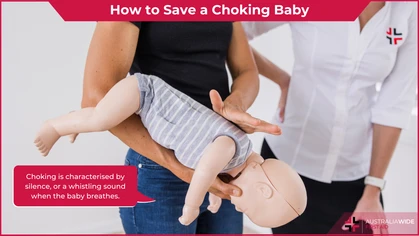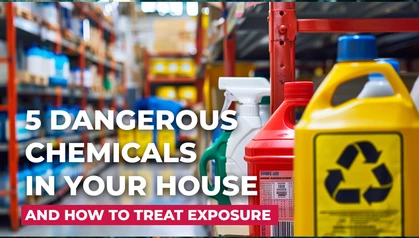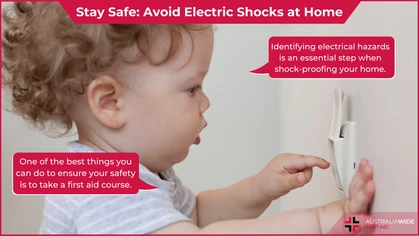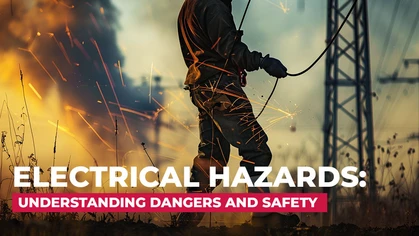Fire Safety Hazards: Definition, Identification, and Prevention

Danger
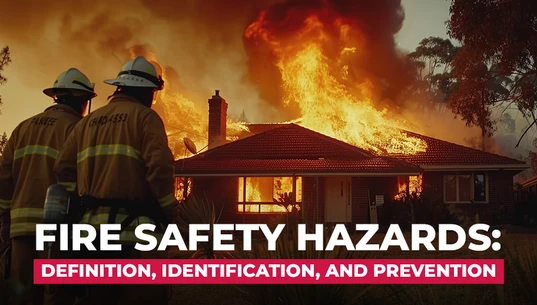 Fires can be devastating, causing damage to property and endangering lives.
Fire safety hazards are conditions that increase the likelihood of a fire starting and spreading. These hazards can be found in various places, such as homes, workplaces, and public spaces.
Fires can be devastating, causing damage to property and endangering lives.
Fire safety hazards are conditions that increase the likelihood of a fire starting and spreading. These hazards can be found in various places, such as homes, workplaces, and public spaces.
Understanding the Fire Danger
Fire safety hazards are any situation that increases the likelihood of a fire erupting and spreading. These hazards may arise from various factors, such as:- Electrical faults – Electrical faults are a common cause of fire hazards. These can be attributed to faulty wiring, overloaded circuits, and damaged appliances.
- Smoking – Particularly in areas where smoking is prohibited or materials are not disposed of properly.
- Cooking-related fires – Due to unattended cooking, overheating of cooking equipment, or combustible materials being placed too close to the heat source.
- Faulty heating equipment – such as space heaters, furnaces, and boilers that are not adequately maintained or installed incorrectly.
- Combustible materials – Combustible materials like paper, chemicals, and fuels can contribute to the spread of fire in an emergency if not stored correctly.
- A build-up of waste material – Even small amounts of flammable liquids, dust, and workplace equipment and machinery overheating can start a fire, especially with combustible materials nearby.
- Accidents caused by humans – Due to a lack of training is one of the biggest causes of workplace fires.
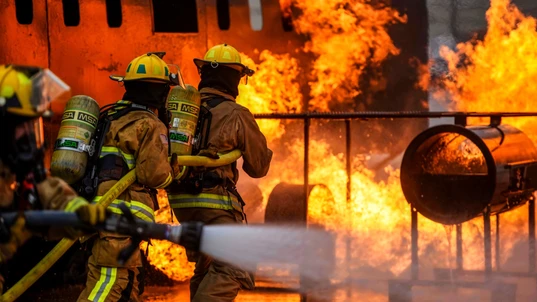
How to Identify Hazards
Identifying fire safety hazards is essential in preventing fires. Some common signs of fire hazards include:- Electrical equipment that is damaged or overheating
- Accumulation of combustible materials, such as paper, cardboard, or debris
- Blocked or damaged fire exits
- Malfunctioning or blocked smoke detectors or sprinkler systems
- Faulty heating equipment, such as space heaters or furnaces
- Improper storage of flammable liquids, such as gasoline or propane
- Smoking in areas where smoking is prohibited
How to Avoid Injury
To avoid injury in a fire, it is essential to take preventative measures and know what to do in an emergency. Some steps to take to prevent injury include:- Regularly inspecting electrical equipment to ensure it is in good working condition
- Keeping combustible materials away from heat sources
- Ensuring fire exits are clear and accessible
- Testing smoke detectors and sprinkler systems regularly
- Properly storing flammable liquids in approved containers in designated storage areas
- Following smoking policies and only smoking in designated areas
- Having a fire escape plan and practicing it with family or colleagues
Types of Injury
Fire can cause different types of injuries, including:-
Burns - Fire burns are the most common injury associated with fires. Burns can range from mild to severe and can cause pain, scarring, and permanent disfigurement.
- First-degree burns: these affect only the top layer of skin (epidermis), causing redness, minor swelling, and pain. Sunburns are an example of first-degree burns.
- Second-degree burns: these affect the first two layers of skin (epidermis and dermis), causing blistering, severe pain, redness, and swelling.
- Third-degree burns: these are the most severe and can damage all layers of the skin and even underlying tissues such as muscles and bones. Third-degree burns may cause the skin to appear white or blackened, charred, or leathery. The affected area may also be numb due to nerve damage.
- Smoke inhalation - Breathing in smoke can cause respiratory problems, such as coughing, wheezing, and shortness of breath. It can also lead to more serious conditions such as asthma, bronchitis, and lung damage.
- Carbon monoxide poisoning - Carbon monoxide is a poisonous gas that is produced when materials burn. Inhaling carbon monoxide can cause headaches, nausea, dizziness, and even death.
- Trauma - Injuries can occur from falls, explosions, or collapsing buildings during a fire.
- Psychological trauma - The trauma of surviving a fire can have lasting psychological effects, including anxiety, depression, and post-traumatic stress disorder (PTSD).
- Other injuries - Firefighters and other emergency responders can also suffer injuries during firefighting operations, including sprains, fractures, and other physical injuries.

First aid training is essential in case of a fire emergency.
First Aid Training
First aid training is essential in case of a fire emergency. Australia Wide First Aid provides training in basic first aid, including:- Increased knowledge and confidence in administering first aid in case of fire-related injuries
- Improved ability to identify different types of burns and assess injury severity
- Increased ability to recognize signs of smoke inhalation and provide appropriate treatment
- Knowledge and ability to use fire extinguishers and other fire safety equipment, reducing the risk of injury and property damage
- Increased safety in the workplace, reducing the risk of injury or death from fire-related incidents
- Boosted employee morale and job satisfaction by creating a culture of safety within the workplace
- Potential for cost savings by reducing the number of workplace injuries and associated expenses such as workers' compensation and medical costs
- CPR and AED training can help save lives in case of a fire-related injury. Knowing how to administer first aid in case of a burn or smoke inhalation can mean the difference between life and death
Conclusion
Preventing fire safety hazards is crucial to avoid harm and damage to property. Regularly maintaining electrical equipment, appropriately storing flammable materials, and having a fire escape plan can all contribute to preventing fires and reducing the risk of injury. First aid training is also critical in case of a fire emergency. Remember, prevention is always better than cure.
Originally published at
https://www.australiawidefirstaid.com.au/resources/fire-safety-hazards
as part of the Australia Wide First Aid Articles Library





